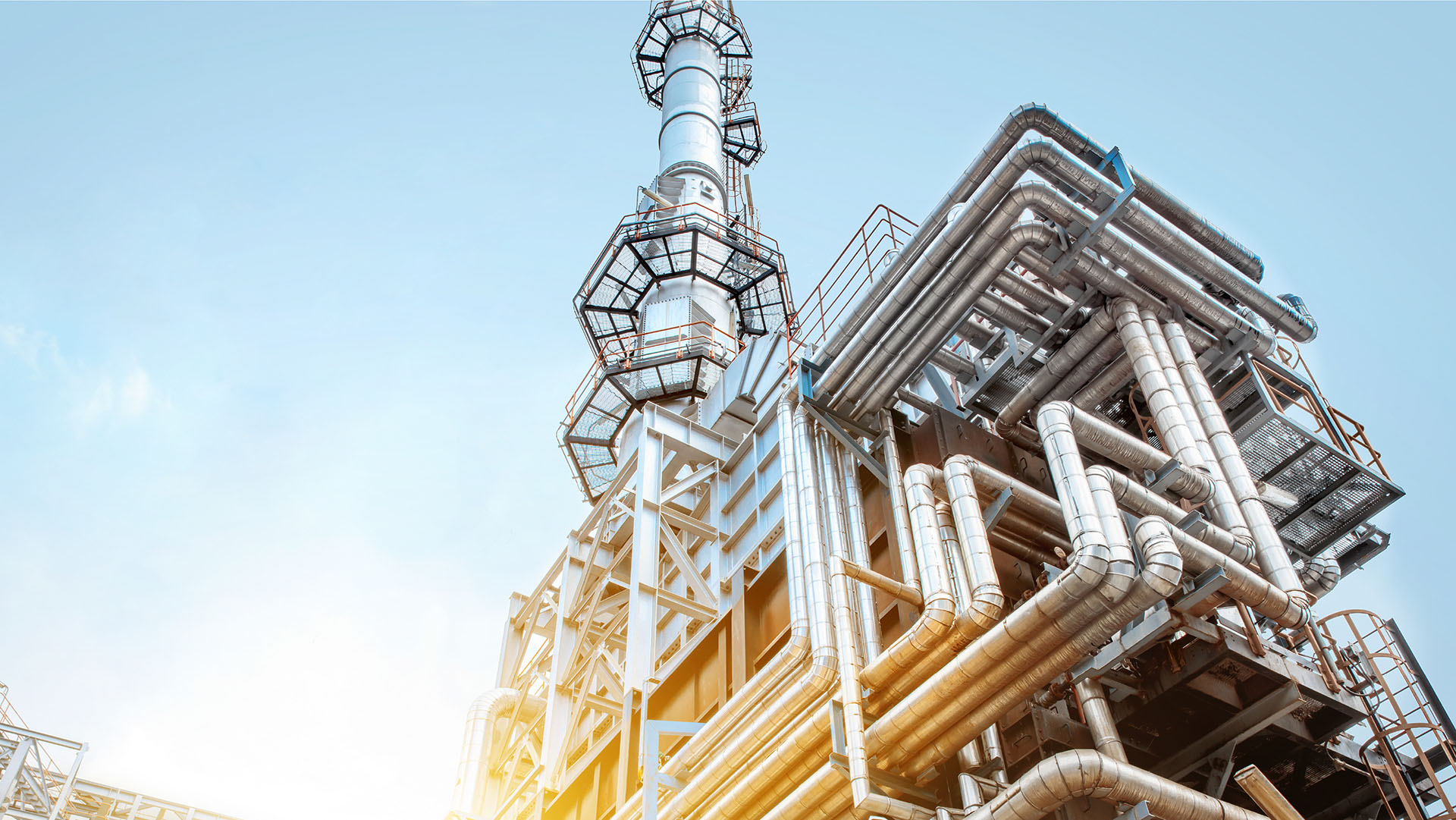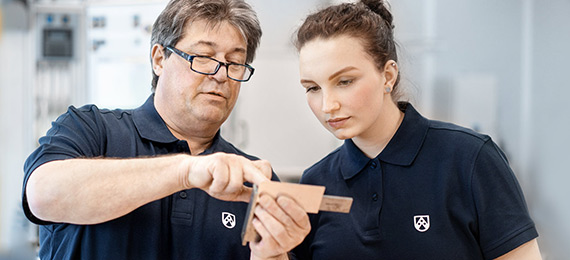Rope sheaves made of Lamigamid® 310 make for reliable and efficient container handling
Most of the goods traded worldwide are transported by sea. Almost 40 million containers are in circulation worldwide, and this number is continuously increasing. As a result, container handling at seaports is steadily increasing. Highly specialised logistics facilities are crucial for the efficiency of port terminals. In most cases, gantry cranes are used for handling containers. One of the world's leading companies in port logistics uses Lamigamid® 310 from Röchling Industrial in Xanten for the rope sheaves of its rubber-tired gantry cranes.
Container terminals constitute the interface between surface transport and sea transport. All container logistics have to run quickly, smoothly and reliably, time is money. Incoming containers are temporarily stored at the transshipment centre to be picked up by lorries or freight trains. Outgoing containers are waiting to be loaded onto vessels. Gantry cranes are used for transporting the containers. They consist of lateral, mobile gantry supports and a bridge, on which the spreader in the hoist can move transversely to the main direction of travel.
Gantry cranes are available as rail gantry cranes (RMG) and rubber-tired variants, so-called RTGs - rubber tired gantry cranes. The advantage of gantry cranes having rubber tires is their mobility, which results in an extended area of application compared to the rail system, for instance various container alleys are accessible to the crane.
A leading port logistics company has developed a new, innovative variant of its rubber-tired gantry cranes having a completely new design to meet the strong demand for efficient and cost-effective transport processes, especially for the Asian markets. A simplified structure, state-of-the-art technology and high quality and safety take the requirements of the markets into account.


Rope sheaves made of Lamigamid® 310 are used in the hoist and spreader for lifting and lowering. Owing to its cable-friendly surface, the material makes for an even distribution of the surface load and in that way reduces the pressure from the cable onto the sheave – also known as Hertzian stress. This results in a significantly longer service life of the cable and at least the same service life of the rope sheave. The consequence is fewer replacements of the cable and lower overall costs for the operator. In addition, plastic sheaves are significantly lighter than conventional steel sheaves. Advantages include increased and faster lifting capacity, easier installation and a significant reduction in overall weight. In addition, sheaves made of Lamigamid® 310 are corrosion-resistant, eliminating the need for additional paintwork.
Properties of Lamigamid® 310:
- Excellent sliding properties
- High mechanical stability
- Good toughness
- High resistance to wear
- High surface quality
Sheaves made of Lamigamid® 310 are available in standard diameters of 110 mm, 490 mm and 620 mm. Other dimensions on request.
Contact
We would be happy to inform you about our Lamigamid® products in greater detail.





